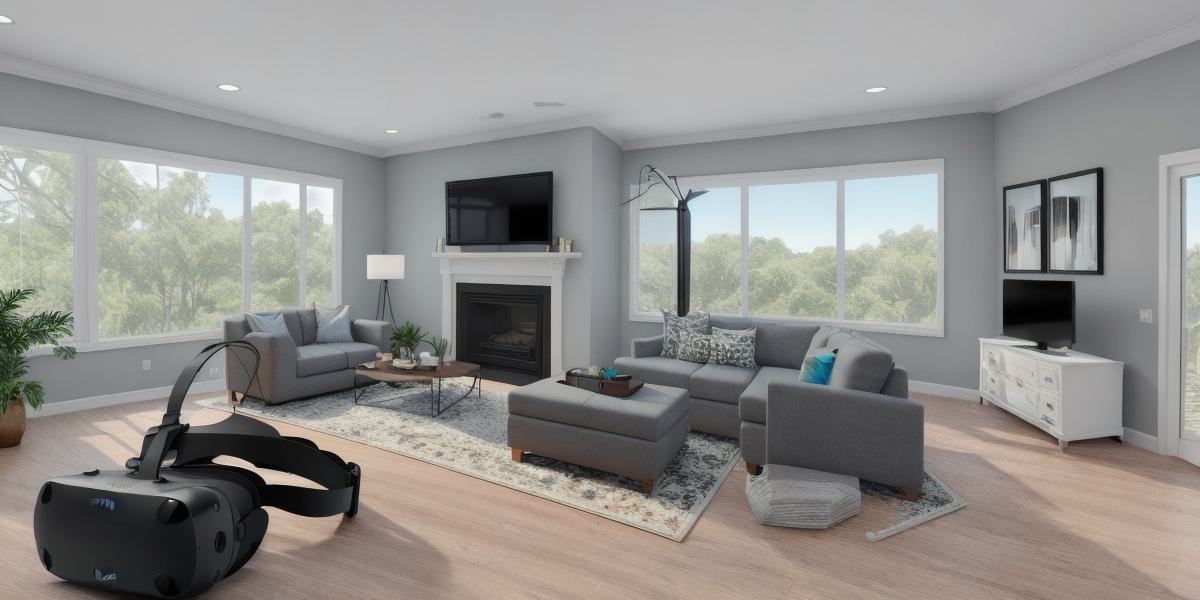Virtual reality (VR) technology has been around for a while, but it’s only recently started to gain significant traction in the real estate industry. VR is a computer-generated simulation that allows users to experience and interact with virtual environments as if they were real. In real estate, VR is being used to create immersive and interactive experiences for buyers, sellers, and agents, making it an increasingly popular tool for revolutionizing the industry.
One of the main benefits of VR in real estate is that it allows users to experience properties in a way that’s not possible with traditional 2D photos or videos. With VR, users can walk through a property as if they were really there, explore different rooms and features, and get a sense of the flow and layout of the space. This level of immersion can be especially helpful for out-of-town buyers who can’t physically visit the property before making an offer.
Another benefit of VR in real estate is that it can help to reduce the time and cost associated with traditional property viewings. With VR, users can see and experience a property in a matter of minutes, rather than spending hours visiting multiple properties. This can save buyers and sellers significant time and money, making the process more efficient and cost-effective.
In addition to these benefits, VR technology can also be used to create virtual staging, which can help to make a property more appealing to potential buyers. With virtual staging, users can add or remove furniture and decor, change the color scheme, and even update the fixtures and finishes of a property. This level of customization can help to showcase the full potential of a property, making it more attractive to potential buyers.
Despite these benefits, some simulated reality developers may be hesitant to adopt VR technology due to concerns about cost and complexity. However, as the technology continues to improve and become more affordable, these barriers are likely to become less significant. In addition, there are a number of resources available to help users get started with VR, including guides, tutorials, and support from vendors.
One example of the potential of VR in real estate can be seen in the work of a company called Matterport. Matterport uses VR technology to create 3D models of properties, which can then be used to create virtual tours and walkthroughs. This level of detail and immersion can help to give users a true sense of what a property has to offer, making it an especially useful tool for out-of-town buyers.
Another example of the power of VR in real estate is the work of a company called The Virtual Tour Company. The Virtual Tour Company uses VR technology to create immersive and interactive virtual tours of properties, which can be accessed from anywhere in the world. This level of accessibility and convenience makes it an especially useful tool for buyers and sellers who are working remotely.
In conclusion, virtual reality technology has the potential to revolutionize the real estate industry by providing a more immersive and interactive experience for buyers, sellers, and agents. As the technology continues to improve and become more affordable, it’s likely that we will see even more innovative uses of VR in real estate in the coming years. Whether you are a simulated reality developer or simply looking to buy or sell a property, VR is definitely worth considering as a tool for revolutionizing your real estate experience.
